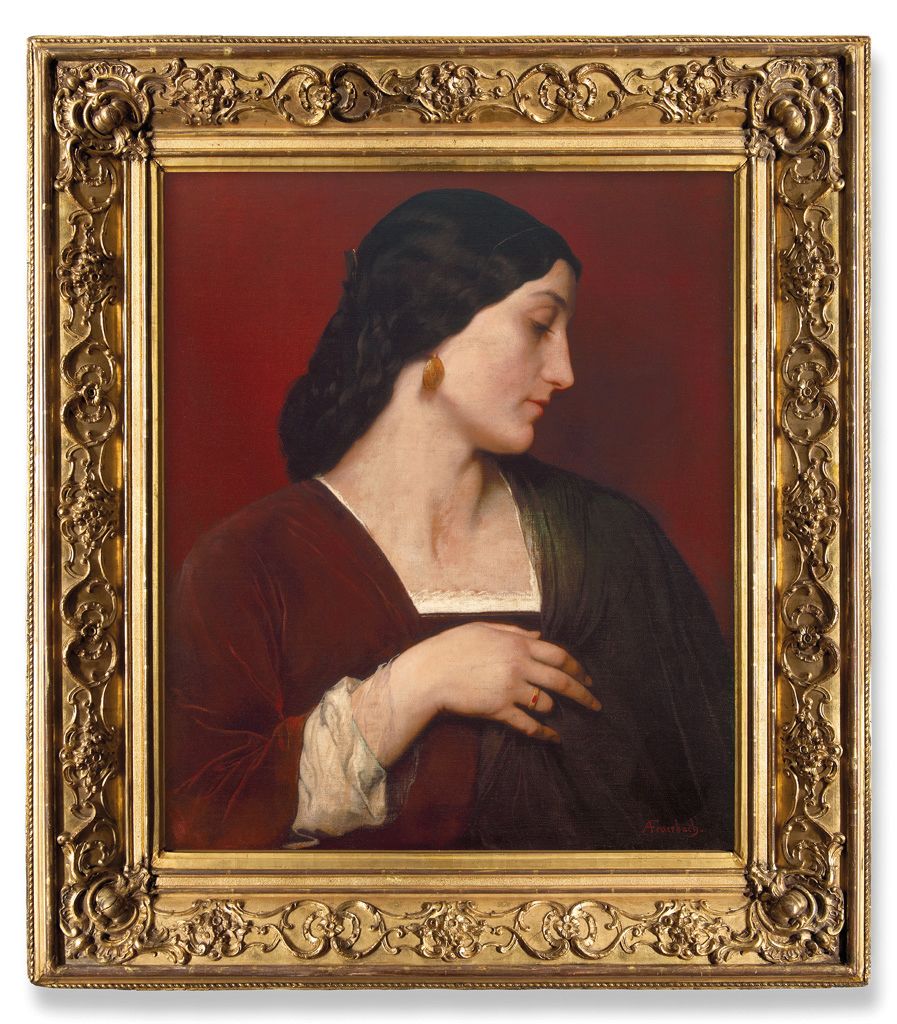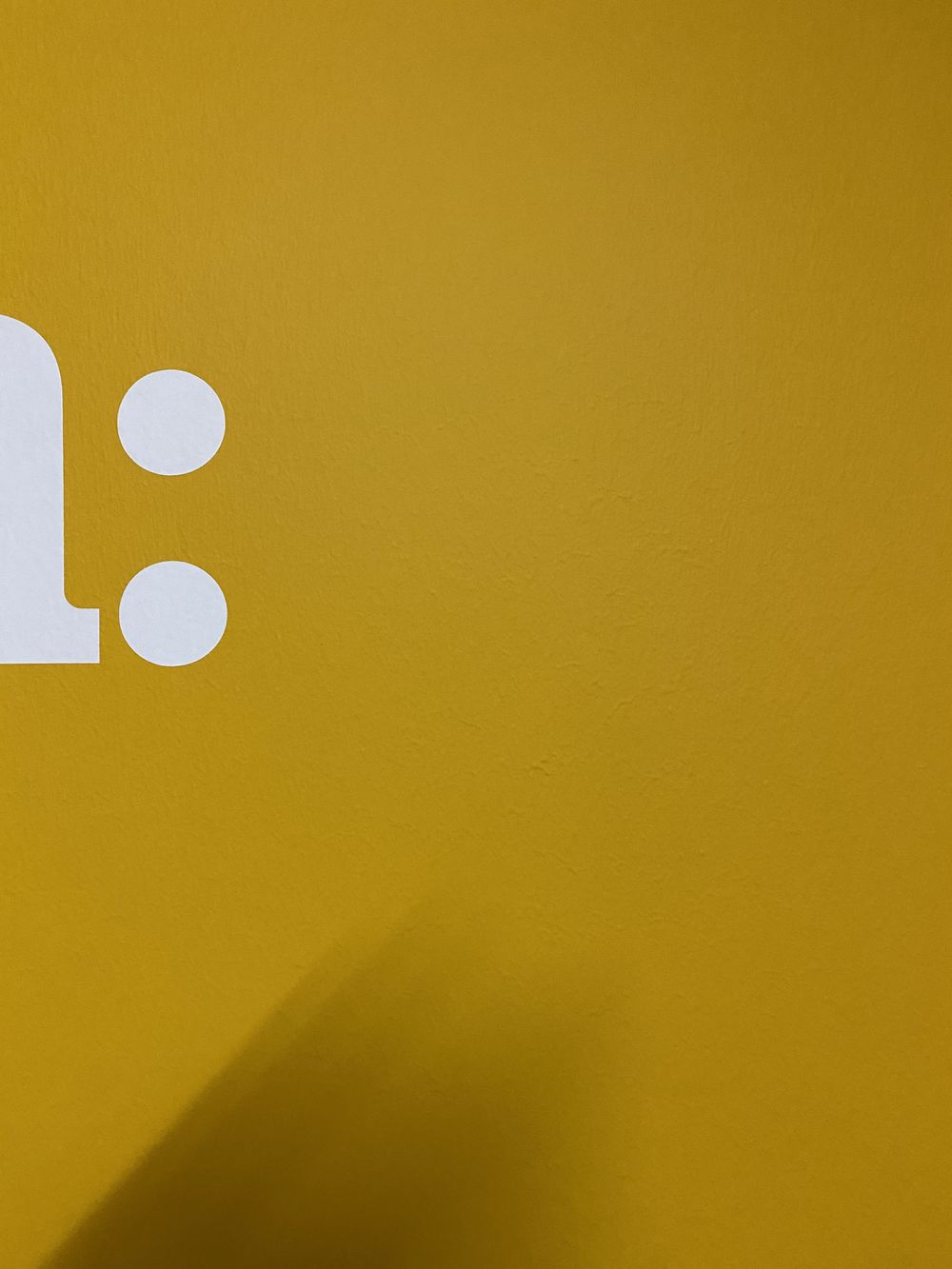Freunde des Museums Wiesbaden e.V. tells us about their Objects of Longing
Museum Wiesbaden currently remains closed to the public until 3 May 2020. An uncanny stillness has descended on the galleries that now lie empty. What’s missing are the visitors, families, school classes, and tour groups that would otherwise normally fill the building with signs of life. We can’t deny that we’re longing for a return to normality and look forward to the day when we can throw our doors open to the public again.
What do visitors find themselves especially missing?
What objects are they longing to see?
In his Easter circular to the private patrons of the museum at the Freunde des Museums Wiesbaden, director Andreas Henning invited members to write in and tell us which objects they currently miss the most, now that they can only revisit them in memory, or in reproductions online, in catalogues, or in private snapshots, and not in the museum itself.
We’d like to share some of those messages with you and thank our patrons at the Freunde des Museums Wiesbaden for taking part.

The starfish cabinet in the room on form in the permanent exhibition Aesthetics of Nature
The first thing that comes to mind is the starfish display in the natural-history department and its room dedicated to natural forms. Thanks to their impressive colours and special forms, I find myself drawn again and again to the community of star-shaped animals that are preserved and displayed in such an aesthetically pleasing way. Lingering in front of them, the line between nature and art starts to blur. There are so many possibilities for things to do here: from enjoying the exhibits on an aesthetic level to exploring the biology of echinoderms, which include the approximately 1600 species of starfish. On top of that, this is somewhere where you can make wonderful drawings – and, almost without realizing it, bathe in memories of those days last spent at the seaside.

Marianne von Werefkin, Badehaus (Bathing House), 1911
I keep finding myself standing in front of ‘Badehaus’ by Marianne von Werefkin. Not only is it now on show during the – unfortunately still closed – ‘Soulmates’ exhibition, it’s actually always on display, as it belongs to our museum. It was painted in 1911, when Alexei von Jawlensky and his soulmate, Marianne, were vacationing in Prerow [Darss] on the Baltic coast. The mere sight of the purple expanse of sky above the ‘infinitely glorious beach’ – as the artist herself describes it in a letter quoted by the show’s curator, Roman Zieglgänsberger – is enough to fill my heart with joy. I’ve read up about the painting. For instance, experts say that the brushwork is close to Gauguin’s. For me personally though, its enchanting effect stems from this special atmosphere. It’s a picture that captures a mood and which brings to mind childhood holidays at the seaside and awakens in me a longing for the sea. By the way, Marianne von Werefkin’s ‘Badehaus’ is also available as a postcard from the Museum Wiesbaden giftshop. I’ve got one stuck to my pinboard at home…

Works by Alexej von Jawlensky and his contemporaries
Keeping myself occupied on a Good Friday—pictures of longing—missing: two yellow tablecloths, a garden in Ascona and the garden in Murnau. Leafed through the old catalogues—took some snapshots on my phone—so I could show them, but actually I know them all by heart, these pictures. Nikita from behind, what I didn’t know for a long time was this was the first Jawlensky picture I wrote a school essay on—discovered our museum in the early 70s, you were free to choose whichever picture you wanted to write about then. Catching a lift with the postal van from the village into town—to pay Jawlensky and his friends a visit, again and again. Now, if you’re going to paint, that’s how to do it! These were the most beautiful paintings I’d ever seen until then, these and the small ‘Saviour’s Faces’, which at that time were still hung as cabinet pictures on a dark wall. In the Münter painting it was the garden, and I knew that Bavarian sky, too. In the first Wiesbaden tablecloth it was the throbbing glow of yellow and the idea of forms and patterns. And in the second tablecloth, years later, it was the joy of having this even more beautiful picture of a tablecloth now also in the museum. The tender softness of the colours of the garden in Ascona amazed me even then, as a schoolgirl, something colourful and bright could also be powerful, a moment ago the world was still in the grip of a world war and he dares to daub in pinks, yellows, and violet. Hope? Longing? So how are we coping in the age of the coronavirus? Is it possible for an artist to find that lightness of touch, in times like these? But perhaps he simply lacked the materials to render the colours boldly and starkly. Later, what a stroke of luck: thanks to Jawlensky, we had to interpret a painting in the entrance exam for the painting class at the Städel. I was presented with a Cezanne with apples. It was a cinch explaining Cezanne as modernism’s vanguard figure who, coming so much earlier, showed the way to Matisse and later to Jawlensky. Passed! And even before commencing the first semester at the academy, I just had to have Münter’s garden and house for myself—so I painted a copy to exact scale, in oils on cardboard, and it hung for decades on the balcony wall in Dambachtal, overlooking the city. Unfortunately it ended up getting lost somewhere along the way, it was a delightful painting (and good practice for a budding art student) and it was so much easier copying the woman painter rather than copying Jawlensky himself—that would have been presumptuous. These pictures of longing. Now they’re alone in the museum, where no one can see them. Perhaps they can take a rest from the many prying eyes that have been wandering over them for decades. Maybe in our absence, they have a chance to tell each other something about their lives. I’m sure that as soon as I get to see them again, the colours will be more intense, that glow more wonderous than ever, and the forms more surprising than even a few weeks ago. Hopefully it won’t be too long and we’ll all stay healthy enough to experience them again soon.

Kazuo Katase, Room of a Room—Allegory, 2009
Actually, I always like to wander through the galleries and let myself just drift through the world of the museum. One object that has left a great impression on me is the lightbox with the famous Vermeer ‘Girl with the Pearl Earring’ in it (the original is in The Hague). It’s part of an installation by Kazuo Katase which is on show as an artistic intervention among the Old Masters, made in response to the rehanging of the collection of 17th century Dutch and Flemish paintings.
Ilya Kabakov, The Red Wagon, 1991
I’m looking forward to being able to revisit the contemporary art spaces once the museum reopens. I’m looking forward to the atmosphere one finds there – of concentration and stillness in these tumultuous times. I know exactly what I’m going to do: I’ll find a seat in Kabakov’s ‘Red Wagon’ and take a moment to compose my thoughts, with the music playing quietly in the background. Then a walk upstairs to the Beuys Room after its ‘move’. See where they are now, the field-hospital bag, the pair of jeans, or other objects like the ‘Capri Battery’, which have always testified to the importance of the presence and care of another. Beuys used his art to highlight the fundamental psychophysical conditions of being by making pointed reference not only to human frailty, but also to the essential surmountability of any state, the possibility of healing and care. I wonder what feelings and thoughts will enter my mind the next time I walk into this room.

Louis Chalon, Charles Pillivuyt porcelain manufactory,
Modelled by: Alphonse Lamarré, Vase La Mer (The Sea), year unknown
For me, ‘Vase La Mer’ in the Jugendstil exhibition is the first thing I gravitate to whenever I visit the museum. This ceramic piece has now become my ‘object of longing’, with its wonderful blues and complex forms
- seagulls in the air
- waves on the agitated sea surface
- jellyfish rising up through the depths and
- seaweed at the foot/seafloor
At the moment, this ceramic perfectly symbolizes holidays at the seaside – which we unfortunately had to cancel this spring due to the travel restrictions during the pandemic.
What I ‘long for’, however, is to be able to truly ‘grasp’ this special ceramic work. Even in the act of looking, a tactile experience is still denied us. In his lecture on 25.02.2020, Thomas Moser made special mention of the tactile qualities of art objects. Could there ever be an opportunity to use our sense of touch in appreciating certain ceramics and bronzes? Could this possibly be an idea for a new project in the Jugendstil exhibition – and not just for visually impaired visitors? Whatever the answer, it’s still nice to be able to dream!

Angela Glajcar, Terforation 2.0., 2017
Every time I step into the museum, my eyes are always drawn to the right and I never want to miss Angela Glajcar’s fabulous works on paper! No matter from which angle you look at them, you see a new picture every time.

Alexej von Jawlensky, Helene im spanischen Kostüm (Helene in Spanish Costume), circa 1901
My favourite picture is ‘Helene in Spanish Costume’. Why? It shows a woman who’s strong, hands on hips in a defiant, even dominant gesture, with a slightly rebellious look on her face and a smile that’s perhaps even mocking, as she, the former maid, will in future end up taking the place of Jawlensky’s partner. It’s a wonderful medley of colour and brushwork, painted in an unusually large format. And of course I’m thrilled by the ‘story behind the picture’. And I’m just glad that the collector Frank Brabant presented this work to my museum years ago, even though Russian oligarchs were interested in it and eager to buy the painting off him.

Anselm Feuerbach, Nanna, 1861
Speyer, 1960s: First visits with my parents to the Historisches Museum der Pfalz, and my first encounter with art. I immediately ‘fell in love’ with the paintings of Anselm Feuerbach and especially his Nannas seemed to be the epitome of female beauty. They also stirred a sense of longing for the land of all things beautiful: Italy. In the 70s we saved Feuerbach’s birthplace from the bulldozers and thanks to our citizens’ initiative it was turned into a museum and a cultural events space in Speyer. Whenever I look at the Wiesbaden ‘Nanna’ nowadays, I look in wonder through the happy eyes of a child again …

The ‘Yellow Salon’ in Edu Forum
In times of pandemic-related closures, what I long for most are the visitors. Because the museum will only be complete once the visitors return, injecting life back into our galleries. What I’m specifically most curious to see are the works – be they paintings, drawings, prose pieces, or poems – that our guests will create in response to the major show ‘Soulmates – Alexej von Jawlensky and Marianne von Werefkin’. The edu department has set up the Yellow Salon on the museum’s lower floor for this very purpose. It’s a space where all guests are invited to step in and create something inspired by their own soulmates in life. The salon walls are still quite bare and are waiting to be filled with the visitors’ many creations that will turn the Yellow Salon into a special kind of exhibition – by and for museum visitors of all ages!
Translated by Lance Anderson